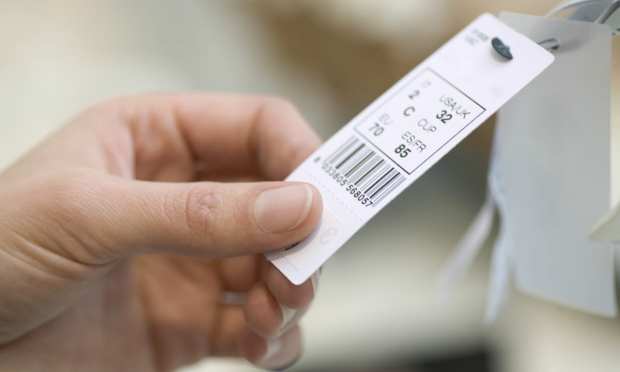Retailers Get Ready To Pass Along Rising Costs Via Price Increases

A growing number of retailers are facing a pricing problem as they seek new ways to pass along the increased expenses they are dealing with due to rising costs in several key categories including raw materials, wages and shipping.
But whether it’s cars, clothes or candy, the growth of digital commerce has made retail price comparison easier than ever, as consumers can simply go online and see who is charging what for the favorite brand or item.
This unprecedented transparency of pricing not only poses a problem for retailers large and small, but carries a bias that favors the strongest players and brands which already enjoy the best pricing power and are least needful of price increases while also being better able to absorb costs.
“According to the Institute for Supply Management, their latest survey showed a net 40 percent of manufacturers are reporting that their customer inventories are ‘too low,’” ING Chief International Economist James Knightley told CNBC, amid a swirl of past and pending pricing data that are all on the rise. “This offers more evidence that corporate pricing power is strengthening.”
The Tricky Part
At the same time, a backlog of pent-up consumer demand, as well as the latest blast of government stimulus efforts, have raised retailers’ hopes and other related business that a spate of freer spending is on its way.
Just last week, high-end digital mattress retailer Sleep Number said it anticipated approximately $25 million of new cost pressures this quarter due to higher-than-expected commodity, labor and logistical costs, but said it expected to be able to mitigate — or pass along — 80 percent of those additional expenses via through targeted price increases and efficiency gains.
All in, Sleep Number told investors that it would be able to manage through the cost scenario and still deliver higher than expected profits, and the company was able to increase its full-year earnings target by 8 percent.
Numerous consumer products companies, including Procter & Gamble and Coca Cola have also recently touched on the reality of price increases.
P&G Chief Financial Officer Andre Schulten said on a call with analysts last week that commodity costs are rising, which for consumers will mean an increase in prices, especially for categories such as diapers and feminine hygiene products.
“We will offset a portion of this impact with price increases,” Schulten said. “Our baby care, feminine care and adult incontinence businesses have announced price increases in the United States that would go into effect in mid-September. The exact timing and amount of increases vary by brand and sub-brand in the range of mid to high single-digits.”
Pricing And The Digital Shift
As much as consumers have increasingly turned online to do their shopping during the pandemic, retailers have eagerly moved to meet consumers where they want to shop and have willingly embraced the new revenue and fatter profitability that their eCommerce businesses provide versus their traditional brick-and-mortar stores.
While high-demand brands such as Nike, and high-value categories like luxury retail have an easier time rising prices regardless of the underlying economics, lesser names selling narrow margin merchandise will undoubtedly struggle.
Even so, with domestic COVID cases declining, vaccinations on the rise and consumer confidence at a 12-month high, the case for increased consumer consumption is strong, and is expected to bolstered Friday (April 30) when new personal income and spending data are forecast to post a sharp rebound for the month of March after posting unexpectedly large declines in February.
